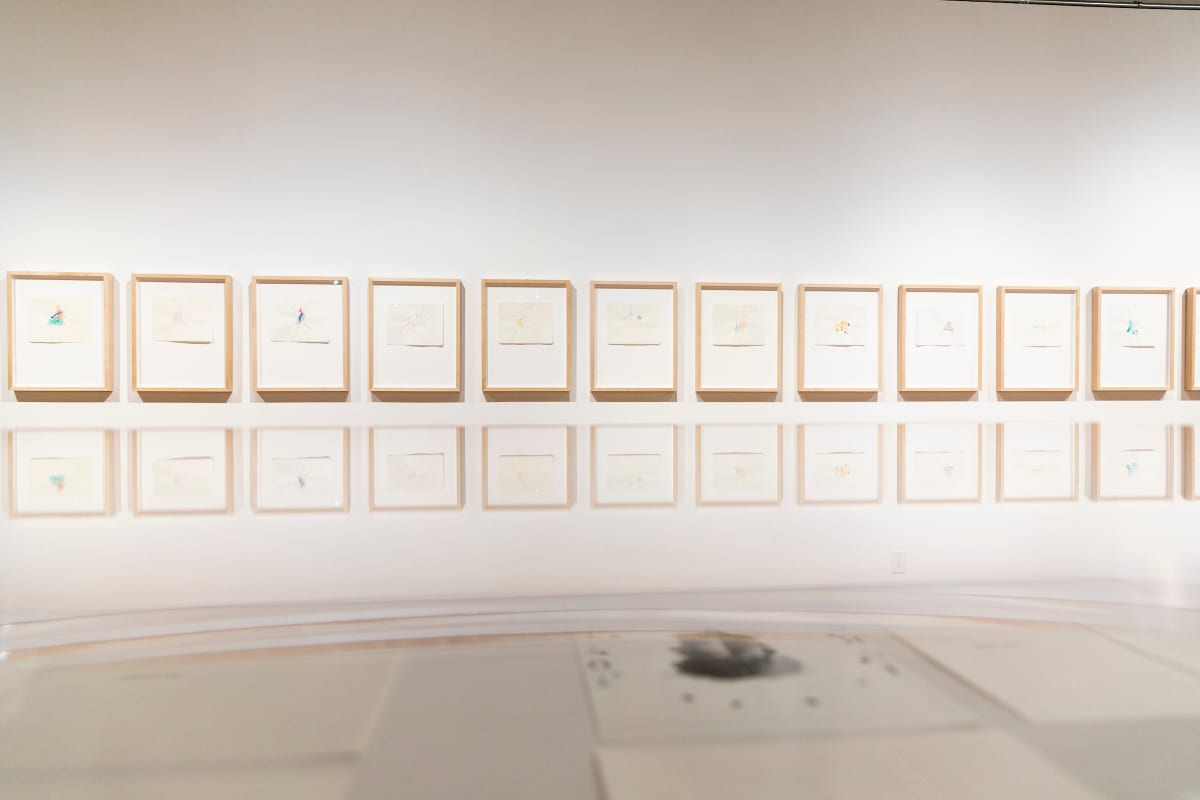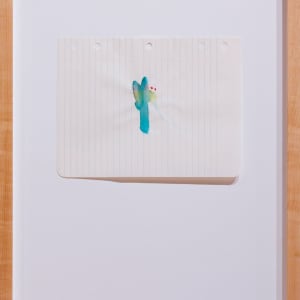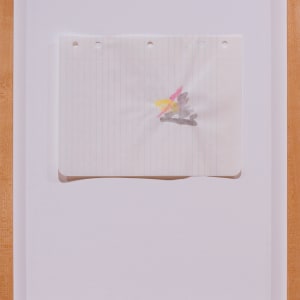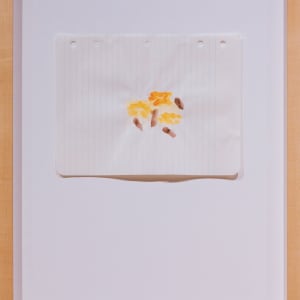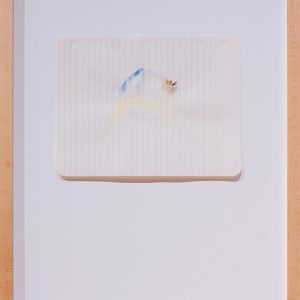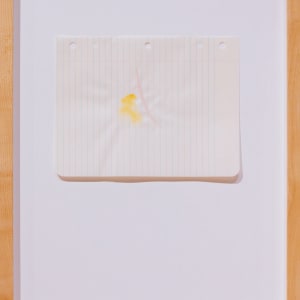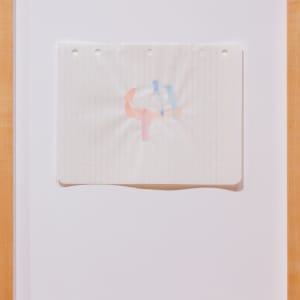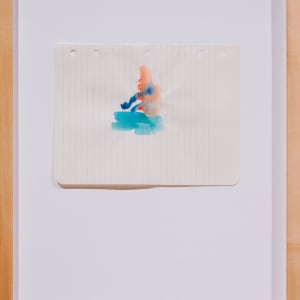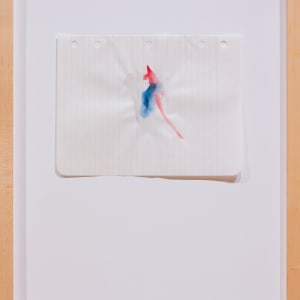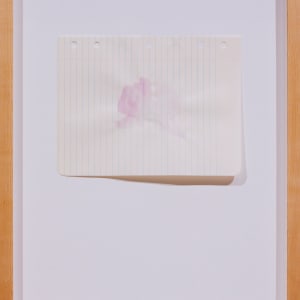
UNLV Marjorie Barrick Museum of Art
Las Vegas, Nevada
We believe everyone deserves access to art that challenges our understanding of the present and inspires us to create a future that makes space for us all.
MessageExcerpts: Works from the Marjorie Barrick Museum of Art Collections
- August 17, 2020 - December 18, 2020
- Exhibition
- /
- Artwork
- /
- Artists
Loose Leaf Notebook Drawings - Box 11, Group 13
- Watercolor on notebook paper
- Richard Tuttle
-
No Status
Richard Tuttle
Loose Leaf Notebook Drawings - Box 11, Group 13, 1980–82
Watercolor on notebook paper
The Dorothy and Herbert Vogel Collection: Fifty Works for Fifty States, a joint initiative of the Trustees of the Dorothy and Herbert Vogel Collection and the National Gallery of Art, with generous support of the National Endowment for the Arts and the Institute of Museum and Library Services, 2008
Vogel 2009.01.45 A-L
Typical painting surfaces, like canvas or wood panel, are selected because they can withstand the application of paint without warping. Richard Tuttle has chosen a surface that does the opposite. His notepad paper buckles and takes on an independent shape when the wet paint soaks into its fibers. The movements of the artist’s hand have not only created colored shapes, they have also made a set of specific low-relief sculptures. Tuttle, who has produced a large number of these pieces, is known for carefully-conceived artworks that give us the opportunity to pay attention to details that might not otherwise cross our minds—details as small as the crinkles in these papers, or the precise layout of the five holes that contribute to a feeling of continuity between one sheet and the next. In talking about his oeuvre he refers to notions of transcendence, suggesting that the importance of art lies in its ability to give us unexpected and inexpressible moments of freedom. (DKS)
Image description: Loose Leaf Notebook Drawings - Box 11, Group 13 by Richard Tuttle
Various brushstrokes of translucent colors form undefined shapes on sheets of lined notebook paper. Each sheet of paper is individually framed.
- Created: 1982
- Inventory Number: Vogel 2009.01.45 A-L
- Collections: Dorothy & Herbert Vogel Collection: Fifty Works for Fifty States
